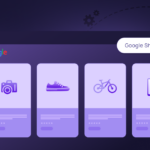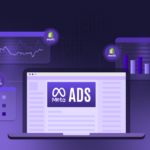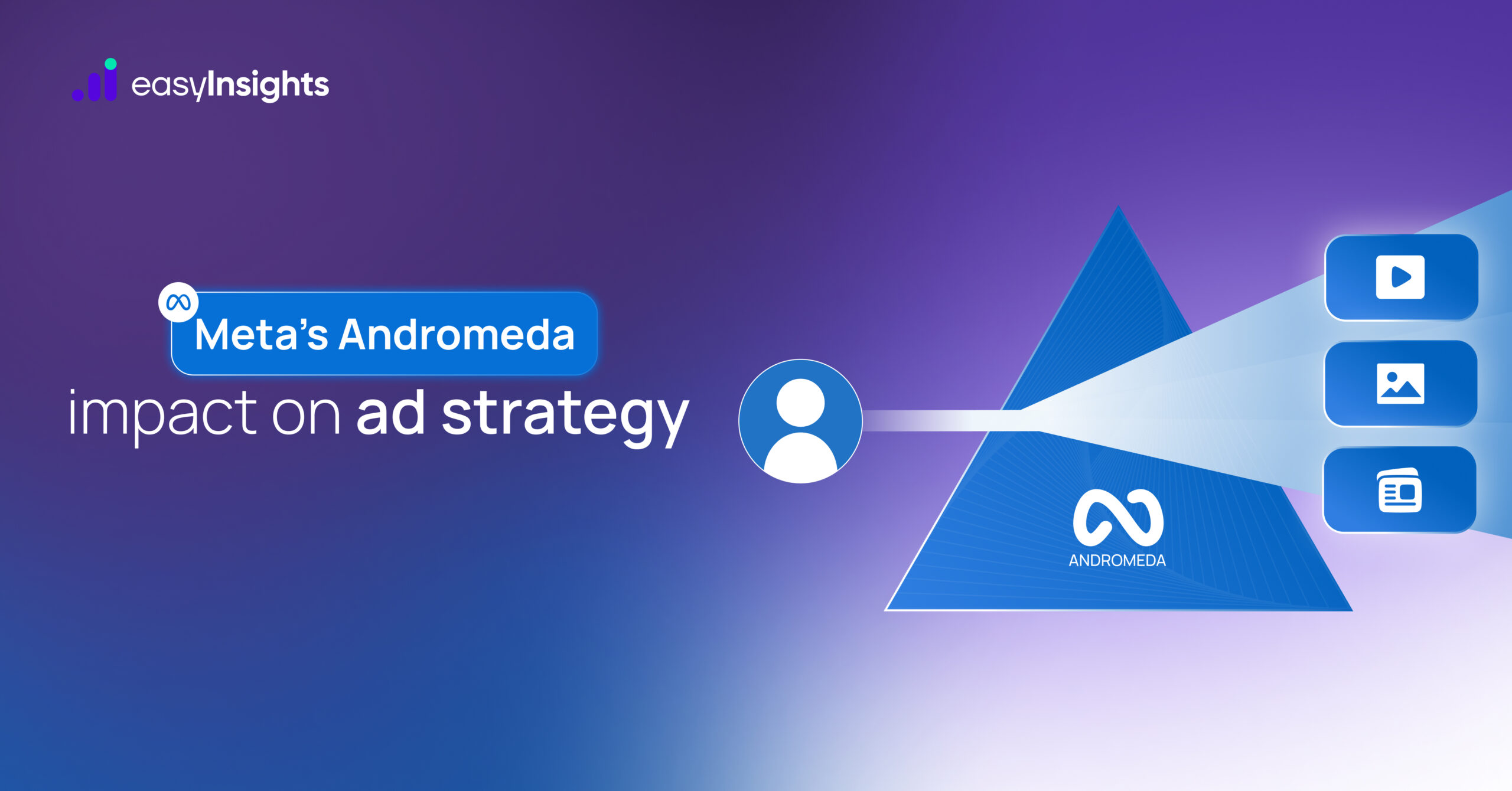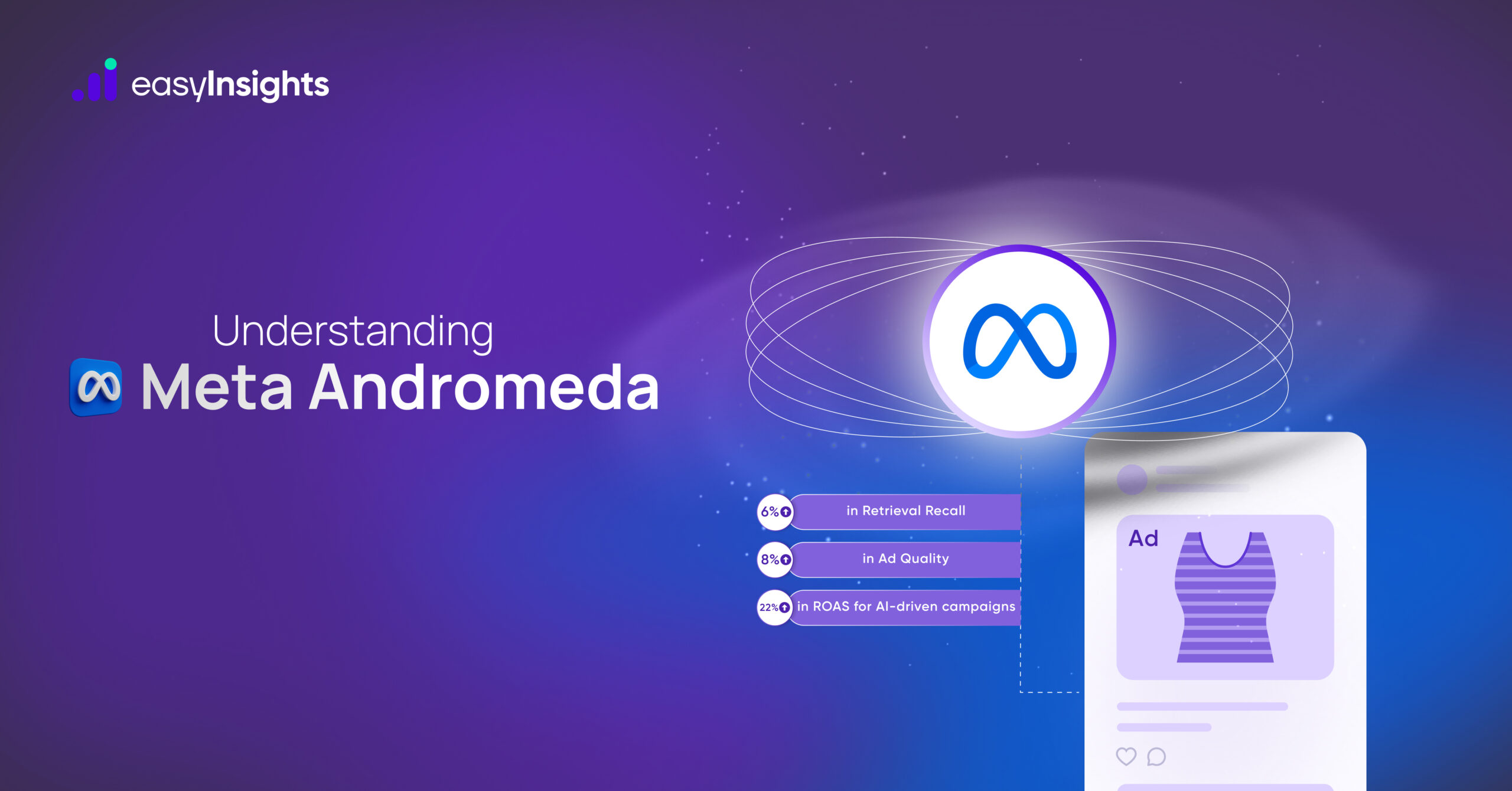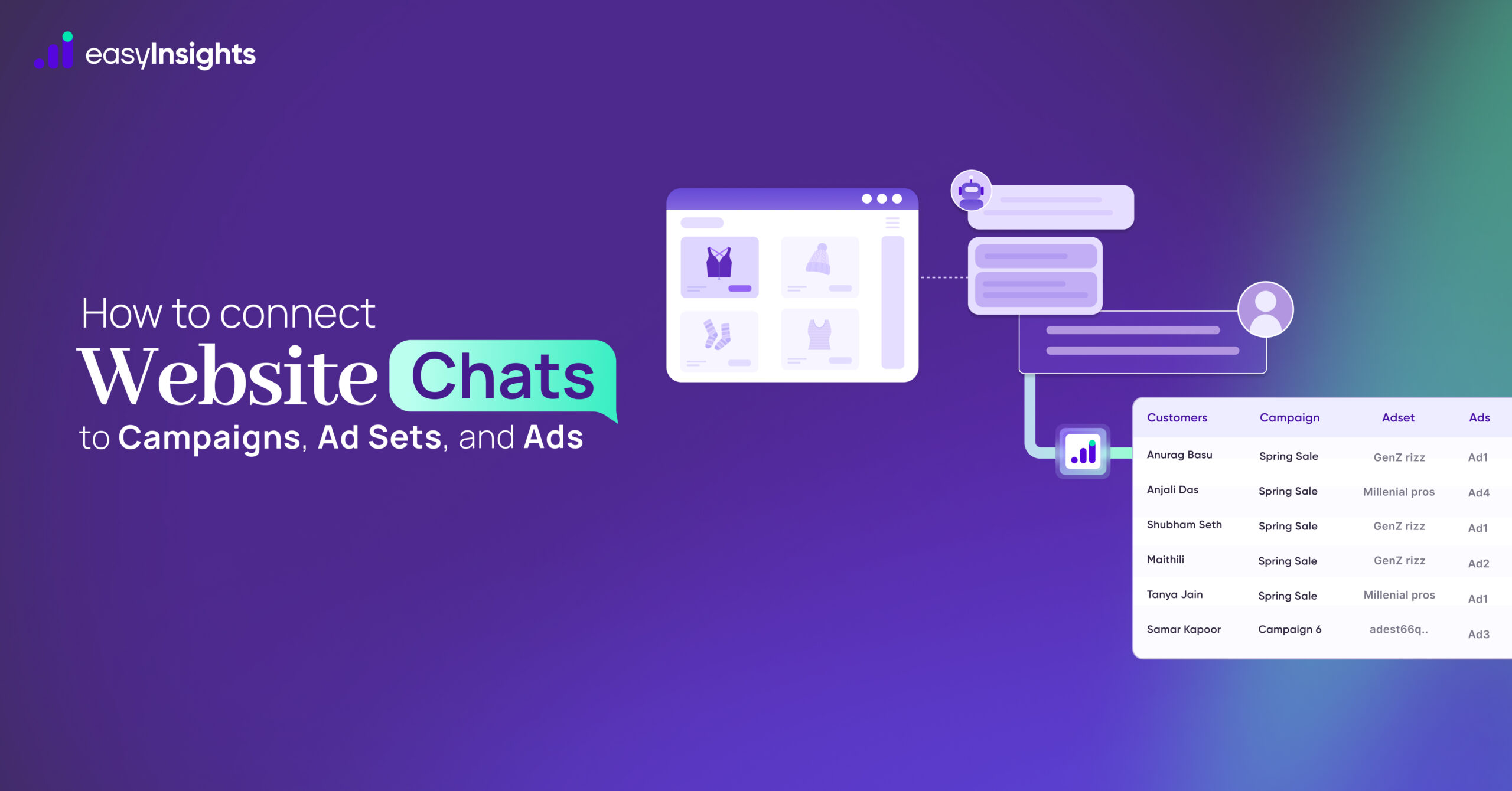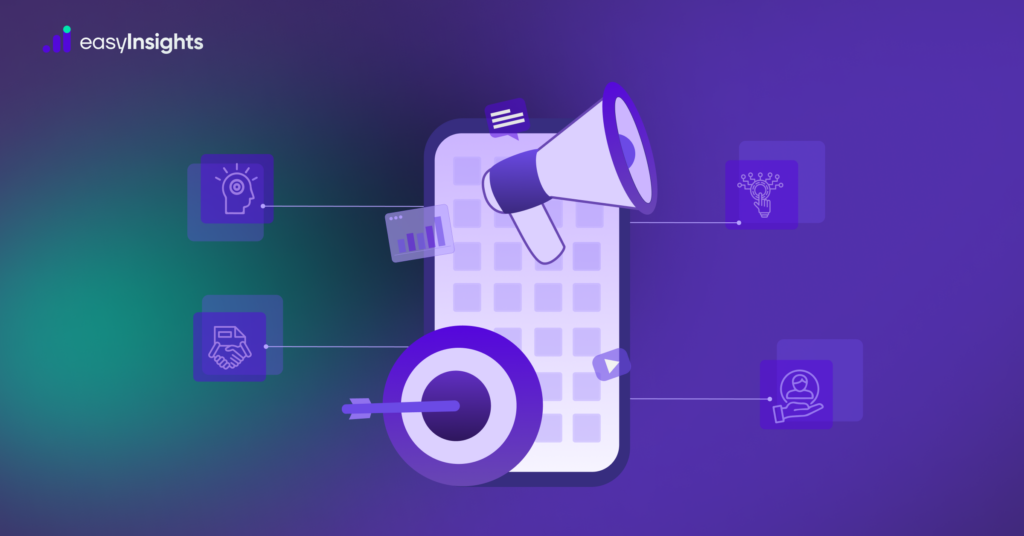
The saying that “a good product sells itself” sounds great, but in today’s crowd of mobile apps, it’s simply not true. You might have created the perfect app, one that elegantly solves every problem of your target users, but your efforts should not end there. Without the right app marketing strategies, even the most polished, problem-solving app can drown in the sea of apps flooding the app stores.
Effective marketing strategies help you reach the right audience – the people who actually face the problems your mobile app solves. Further, the right app marketing strategies convert potential users into active ones and transform first-time users into loyal, long-term customers.
In this article, we discuss app marketing strategies based on different stages of the customer journey – awareness, acquisition, activation and retention
Jump ahead to:
Most Effective App Marketing Strategies
Your approach to marketing your app must vary depending on which stage of the engagement loop you are at. Your customers go through four stages:
- Awareness: At this stage, you have to focus on raising awareness about your app and telling potential users about how it can help them.
- Acquisition: Here, users decide if they would like to download your app. At this stage, your marketing efforts must focus on driving conversions.
- Activation: At this stage, users download your app and perform their first actions on it. This could be creating an account or providing information. At this point, your focus must be on creating a good first impression.
- Retention: Once a user has started using your app, you need to ensure that they keep doing so. The focus of your marketing strategy here would be to create ongoing engagement and ensure customer satisfaction.
Now, let’s look at effective app marketing strategies for each of these stages.
App Marketing Strategies for Awareness
At this point, you would want to spark curiosity about the app and lay the groundwork for attracting your future users.
1. Create a Website for Your App – A dedicated website serves as the central hub for all information about your app. It enhances your online presence, builds credibility, and provides a platform to showcase your app’s features and benefits.
On your website, make sure to use high-quality images and videos to showcase your app in action. The content on your website can be optimized with SEO so that your app ranks on search engines and potential users can find you easily.
2 . App Store Optimization (ASO)
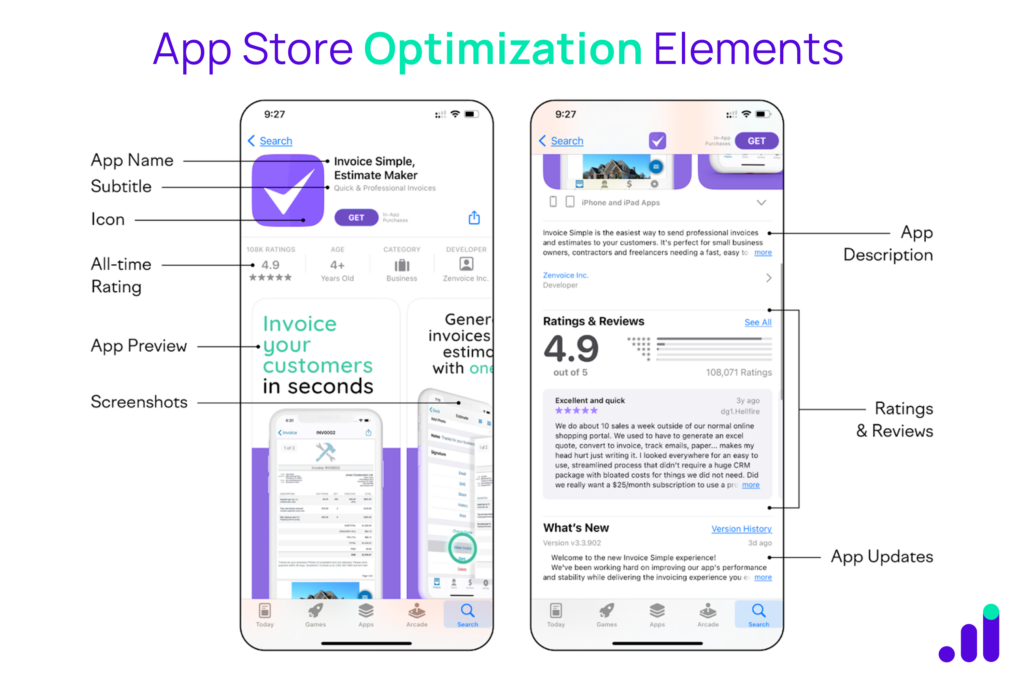
App Store Optimization (ASO) is essentially the app store equivalent of SEO. It enhances your app’s visibility within app store search results, which can help you market your app organically. To perform ASO effectively, spend time on keyword research to identify the terms your target audience uses when searching for apps like yours.
3. Generate a Buzz on Social Media – Social media gives you immense potential to increase the reach of your app. Start by creating profiles on major social media platforms. You can share updates, behind-the-scenes looks, tips, and User Generated Content (UGC) to generate curiosity about your app. The main aim of marketing on social media is to keep your audiences engaged. You can do this by creating a specific social media schedule you can follow.
You can also invest in targeted ads to reach users beyond your organic following. Use precise targeting options to focus on demographics, interests, and behaviors relevant to your app.
4. Influencer and Affiliate Marketing – Along with your social media strategy, influencers and affiliates can amplify your reach by promoting your app to their established audiences. Their endorsement can build trust and encourage downloads.
Look for influencers whose followers match your target demographic and provide commission-based rewards for affiliates or compensation for influencers. To make your partnership more effective, you can provide them with banners, links, and promotional content to make it easier for them to market your app.
Recent data highlights the growing influence of influencer marketing on consumer purchasing decisions. Over 50% of consumers trust product recommendations from influencers they follow, generating an average ROI of $5.20 for every dollar spent on affiliate campaigns. Additionally, nearly 38% of consumers have greater trust in an influencer’s affiliate link compared to a non-influencer’s, leading to higher engagement rates for posts featuring these links.
App Marketing Strategies for User Acquisition
Now that you’ve captured potential users’ attention, the next step is to persuade them to download your app.
1. Optimize the App Listing – Your app listing is often the first point of contact potential users have with your app in the store. An optimized listing can persuade them to download by clearly communicating your app’s value and making a strong first impression.
Use compelling visuals like high-resolution screenshots and engaging promo videos to showcase your app’s features and user interface. Write a persuasive and concise app description that highlights what your app does and how it benefits the user.
2. Build Social Proof – Social proof, such as reviews, testimonials, and UGC, can significantly influence potential users’ decisions. It leverages the positive experiences of others to build trust and credibility for your app.
You can build social proof by encouraging satisfied users to leave positive reviews and ratings on the app store. You can also feature these testimonials and success stories on your website and marketing materials.
3. Offer Promotional Pricing – Offering special pricing can lower the barrier to entry for new users and create a sense of urgency to download your app. Promotions can attract price-sensitive users and incentivize them to try your app sooner rather than later.
To encourage users to download your app for the first time, provide free trials of premium features to allow users to experience the full value of your app without an upfront commitment.
4. Setup a Referral System – A referral system leverages your existing user base to attract new users through word-of-mouth recommendations. It can be a highly effective way to acquire users who are more likely to be engaged and loyal.
You can encourage referrals by offering compelling incentives for both the referrer and the new user, such as discounts, credits, or exclusive features. You can promote the referral program through in-app notifications, emails, and social media.
Additional read: How to Use Marketing Attribution and Optimize Your ROI
Strategies for Activation
Activation focuses on ensuring that users who download your app have a positive first experience, leading them to engage with it meaningfully.
Impress with Your Onboarding – The onboarding experience shapes a new user’s perception of your app. A smooth and engaging onboarding process can help users understand your app’s value quickly and encourage them to continue using it. At this point, you need to focus your efforts on helping customers navigate your app. Personalizing the onboarding process can help customers feel more engaged and connected to your app.
App Marketing Strategies for Retention
Retaining users is essential for your app’s long-term success. In fact, it is often more cost-effective to keep existing users engaged than to acquire new ones.
1. Track Customer Feedback – Actively seeking and tracking customer feedback helps you understand user satisfaction and identify areas for improvement. It shows users that you value their opinions and are committed to enhancing their experience.
Start by Implementing in-app feedback mechanisms like surveys or feedback forms to collect user input directly. Also, make sure to monitor app store reviews and respond to them promptly.
2. Take Feature Requests Seriously – Listening to user suggestions for new features or improvements can strengthen user loyalty. When users see that their input leads to tangible changes, they feel more connected to your app. Provide a dedicated channel for users to submit feature requests. Evaluate these requests based on feasibility and alignment with your app’s vision and goals and implement them whenever possible. Once a new feature has been implemented, you can market it to attract more users.
3. Provide Excellent Support – Offering exceptional customer support can enhance user satisfaction and encourage continued use of your app. Users who feel supported are more likely to stay loyal and recommend your app to others.
Offer multiple support channels, including email, live chat, and comprehensive FAQ sections, to cater to different user preferences. If you prioritize quick support and accurate resolutions, that increases customer satisfaction and, in turn, retention.
4. Leverage Data for Decisions – Using data to inform your decisions allows you to optimize your app based on actual user behavior and preferences. Implement analytics tools to track key metrics such as user engagement, retention rates, and in-app behaviors. These strategies can help you target your marketing efforts more effectively.
Additional read: Using Data Enrichment to Improve Marketing Performance
Mobile App Marketing Success with EasyInsights
While we discussed app marketing strategies to focus on in each stage of the engagement loop, in reality, you would be using most of these strategies at the same time while targeting customers at different points in their journey. Regardless of which mix of strategies you choose to focus on, all your marketing decisions must be guided by data. For this, you need tools that will help you simplify the vast amounts of data you collect through your marketing efforts.
EasyInsights is a no-code marketing data platform that helps you consolidate, optimize, activate, and analyze your data. It eliminates the need to use multiple data platforms by allowing imports from various data sources onto a single platform. With EasyInsights you can easily track ROI and marketing attribution to find which app marketing strategies are most effective. EasyInsights makes data management and analytics easier to enable data-driven marketing decisions.
To learn how EasyInsights can help you market your app, book a demo today!


